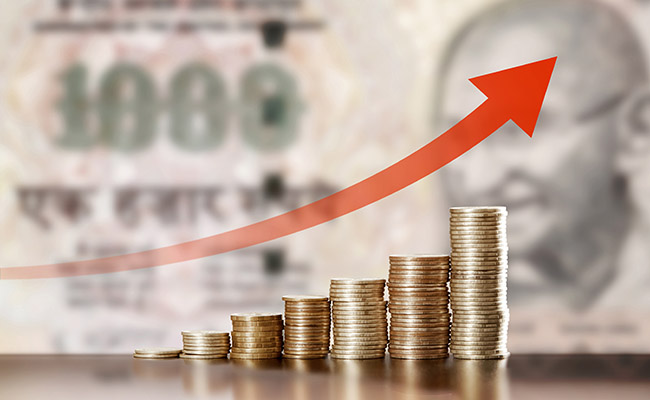Some of the key factors including strengthening investments, particularly FDI, and sustained growth in consumer spending, bolstered by moderate inflation and favorable demographics will propel Indian economic growth
The Dollar Business Bureau

Moody’s expects GDP per capita to increase by 34% in real terms in India, compared with only 3.6% in the G20 emerging markets excluding China and India
February 19, 2016 | 03:00pm IST

 Moody’s expects GDP per capita to increase by 34% in real terms in India, compared with only 3.6% in the G20 emerging markets excluding China and India
Moody’s expects GDP per capita to increase by 34% in real terms in India, compared with only 3.6% in the G20 emerging markets excluding China and India
 Moody’s expects GDP per capita to increase by 34% in real terms in India, compared with only 3.6% in the G20 emerging markets excluding China and India
Moody’s expects GDP per capita to increase by 34% in real terms in India, compared with only 3.6% in the G20 emerging markets excluding China and India